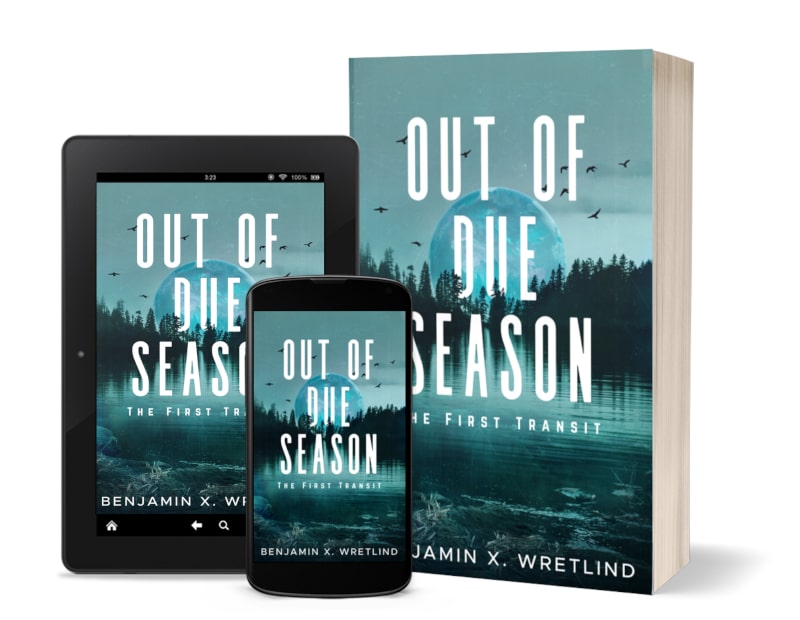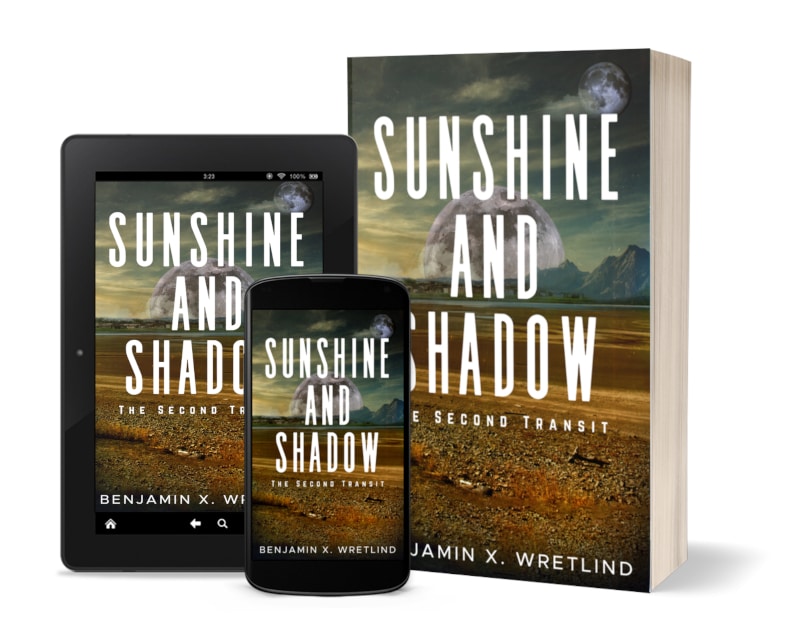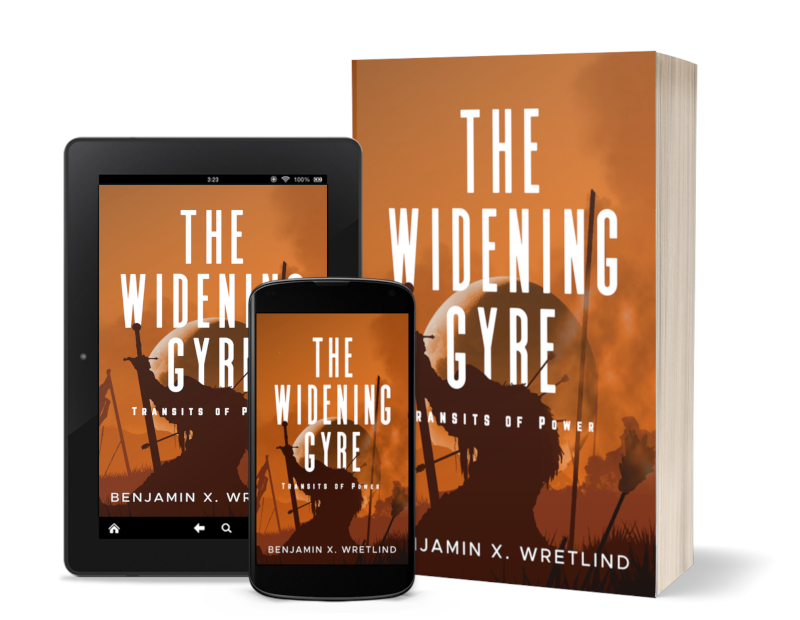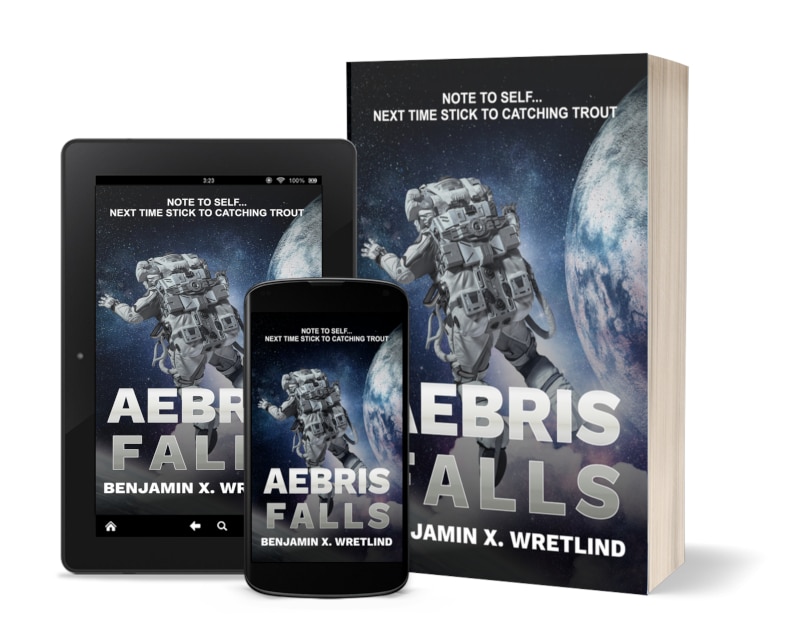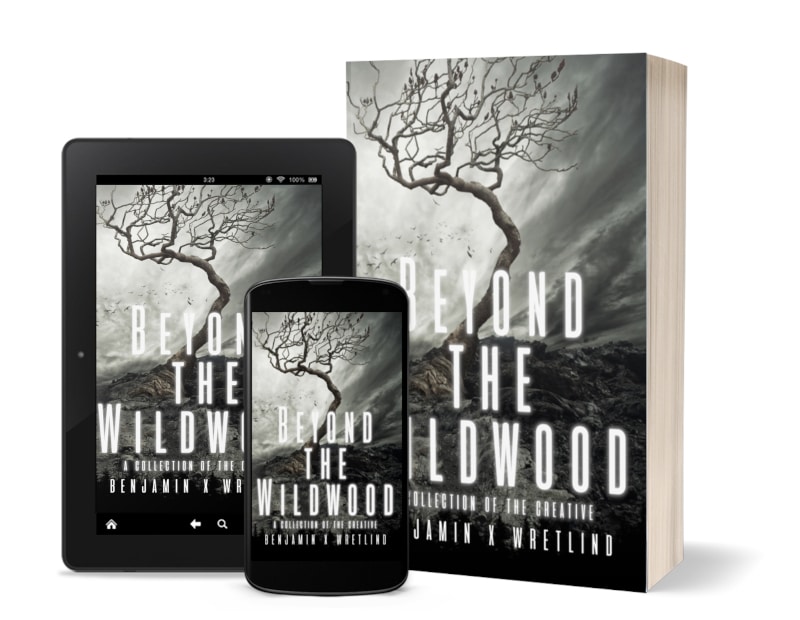On Clouds and Emotion

Clouds and emotion go together when you think about it. We have been trained since birth to recognize signs in the sky, whether we did so deliberately or not.
For example, when you were a child playing on the soccer field with your child buddies and saw a cloud in the distance that was spitting lightning, you may have notified the coach (who should have been paying attention) and let them know there was a looming danger. That’s anxiety.
When that same cloud moves over your soccer field and all of you are safe inside the park’s communal restroom (where it stinks), that same lightning carries with it booming thunder that crashes all around you and makes it impossible to talk to one another. Then the rain falls, usually in buckets, and the noise on the tin roof of the restroom drowns out even the thunder. Here you might be excited.
Then, far off in the distance, you hear the warble of a tornado warning. Suddenly the torrential rainfall that’s above you is not nearly so exciting. You are now frightened, hoping that tornado doesn’t fall from the sky and take out the restroom in which you and your buddies thought you were safe.
When the rains let up and the thunderstorm moves on, you step outside. Here you may be relaxed, but at the same time jittery. You may think another storm is coming, and that’s probably right. Your heart may be racing, your palms sweaty and even though you joke with those around you, in reality, you all are thankful you are still alive.
The coach’s car has been flipped over, however, and that both surprises you and fills you with a sense of awe at the raw power contained in a single storm.
Since we could all probably tell a similar story about weather and the impact on our emotions, it makes sense that a writer would want to use weather to set the mood within a story. Maybe a rolling fog bank to create a sense of dread, or happy clouds floating in a cerulean blue sky above an Aegean beach might be called upon to make the reader feel the same relaxing, romantic feeling the characters are sharing.
If you do it wrong, however, you can ruin the atmosphere, the mood, the emotion.
Over the next few months, I’ll dive in to a few specific weather elements to both explain a little about weather and then how you can use that to set a scene, sometimes subconsciously in the reader.
We will start with clouds and emotion, but in future articles I’ll talk about fog, wind, thunderstorms and even alien weather.
Clouds
There are 27 states of the sky. This is not to say there are 27 specific cloud types, but in the world of meteorology, there are 27 ways in which the sky can present itself.
Clouds are what we really see when it comes to weather. They make up the majority of it. You do not have a thunderstorm without clouds, nor does it snow without them (although ice crystals do form/fall in clear skies). Clouds can portend an idyllic scene or they can undulate in threatening ways.
Clouds can be grouped into three main levels based on the bottom of the cloud, not the top. These levels, or etages (because French words make things sound fancier), are:
- Low (with bases between the surface and 6500 feet)
- Mid (between 6500 and 20000 feet)
- High (above 20000 feet)
Within the low etage (see? it sounds so fancy), there are several forms:
- Cumulus
- towering cumulus
- cumulonimbus
- stratus
- stratocumulus
- stratus fractus
- cumulus fractus
- mammatus
When you look up at the sky and you say “there’s a rabbit in that one,” you are likely looking at a cumulus cloud. If the rabbit is incredibly skinny and very tall but does not look like it’s urinating on the ground, it’s likely towering cumulus. If the rabbit is dark and huge and looks like fire is coming out of it while it yells and you and spits buckets of water or balls of ice, then you can safely assume that to be cumulonimbus.
Thunderstorms that have “bubbles” underneath can usually be classified as cumulonimbus mammatus. This is a dangerous storm and one that certainly brings up emotions in people who are standing under them.
In the mid etage, there are four main cloud forms:
- altocumulus
- altostratus
- nimbostratus
- altocumulus standing lenticular
In the case of the latter, if you’re looking at what might be a UFO (perhaps flown by rabbits) over a mountain or maybe an almond hanging in the sky, then you’re probably looking at altocumulus standing lenticular. PRO TIP: do not fly into these clouds. Bad things happen.
Finally, in the high etage, there are three main forms:
- cirrus
- cirrocumulus
- cirrostratus
Cirrus is like those airbrushed wisps made by Bob Ross way up there. (Incidentally, the “happy cloud” is probably cumulus). Cirrocumulus looks like tiny speckled dots in the sky. Essentially, cirrocumulus is cumulus in the high etage, so what you’re seeing are happy clouds far above you. Cirrostratus is, well, boring. If you paint the sky white with only a few shades differing between west and east or north and south, you’re probably being covered by cirrostratus. However, cirrostratus can be a very good foreshadower as it is typically found at the leading edge of an approaching system.
There are other cloud types, but we’re not going to get into them here. The point of the above is to show you that describing a “puffy cloud” to a person who might have studied the weather once or twice is going to make them imagine that it is a happy cloud without any animosity toward the people below. If your “puffy cloud” spits lightning bolts, the weather nerd in me will say “that’s not possible because it’s not happy and therefore cumulonimbus.”
To get an idea of these cloud types, the National Weather Service has an awesome interactive chart. Check it out before you call that thunderstorm in your novel “an approaching nimbus.”
Learn more in Creating Atmosphere with Atmosphere: How to Use Weather as a Literary Device







